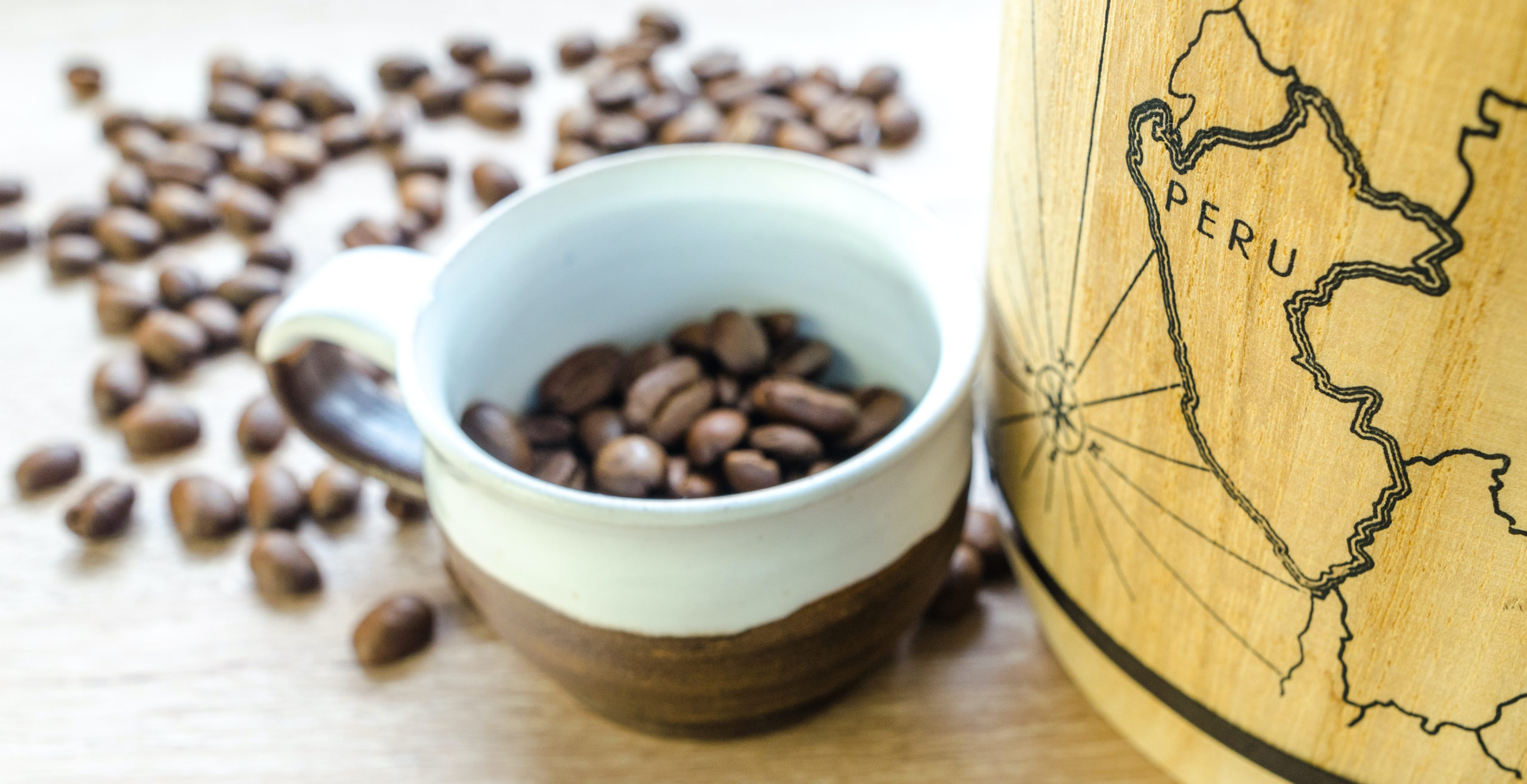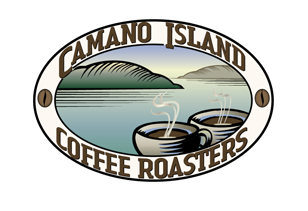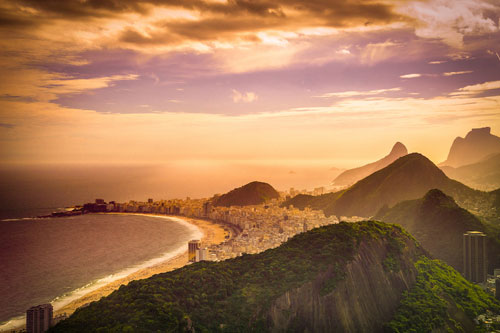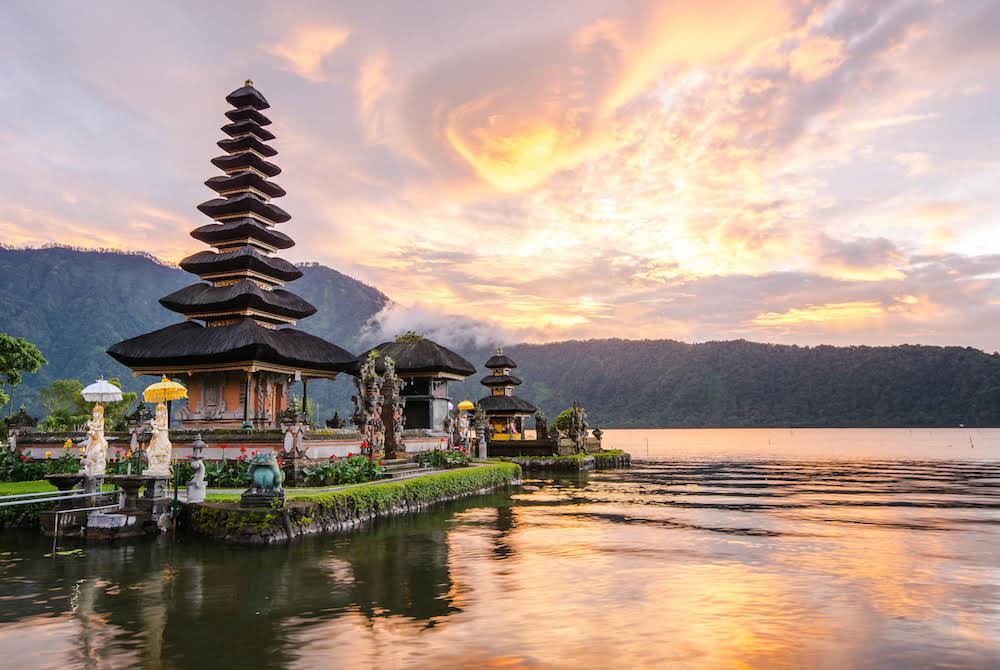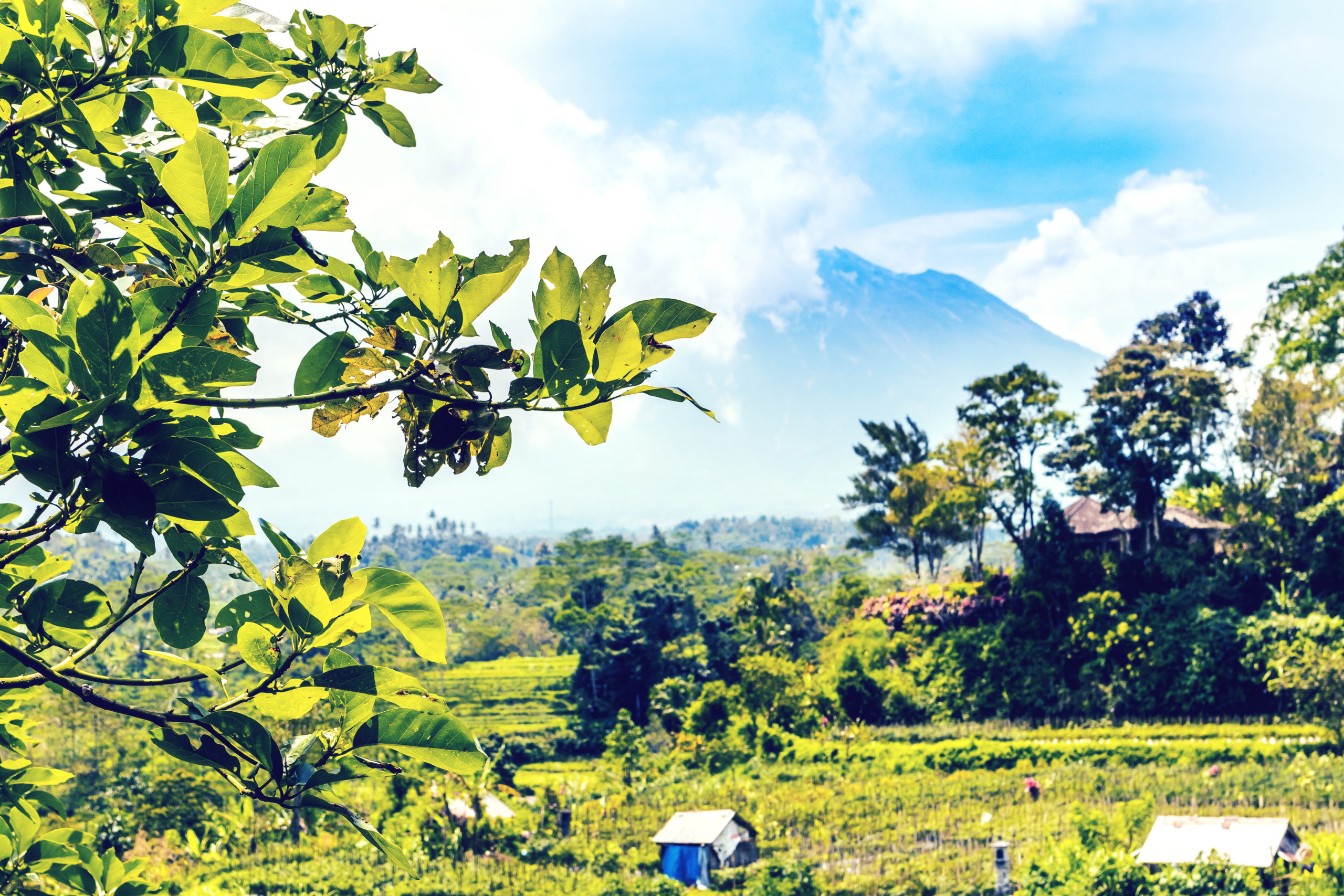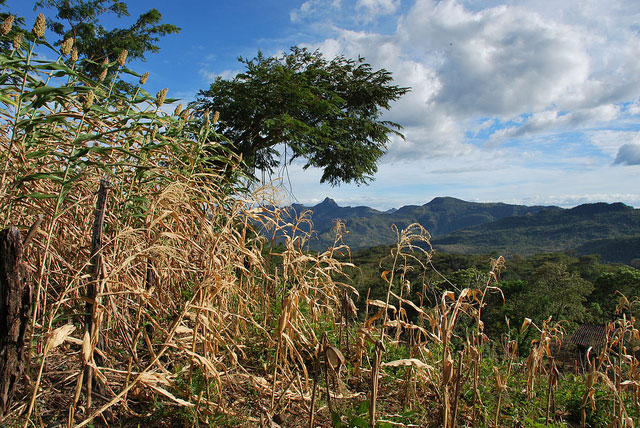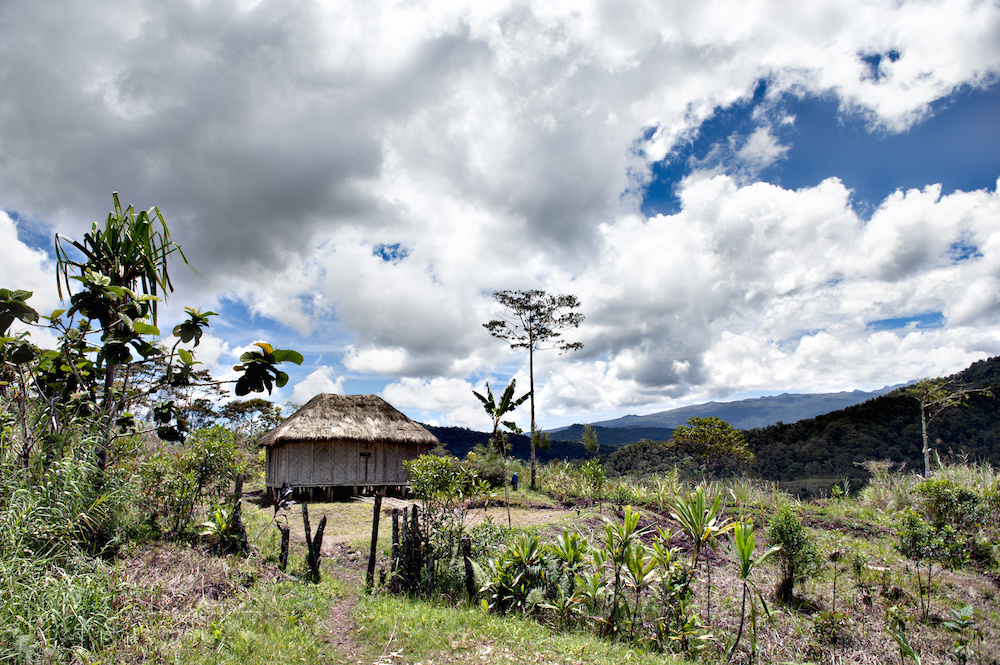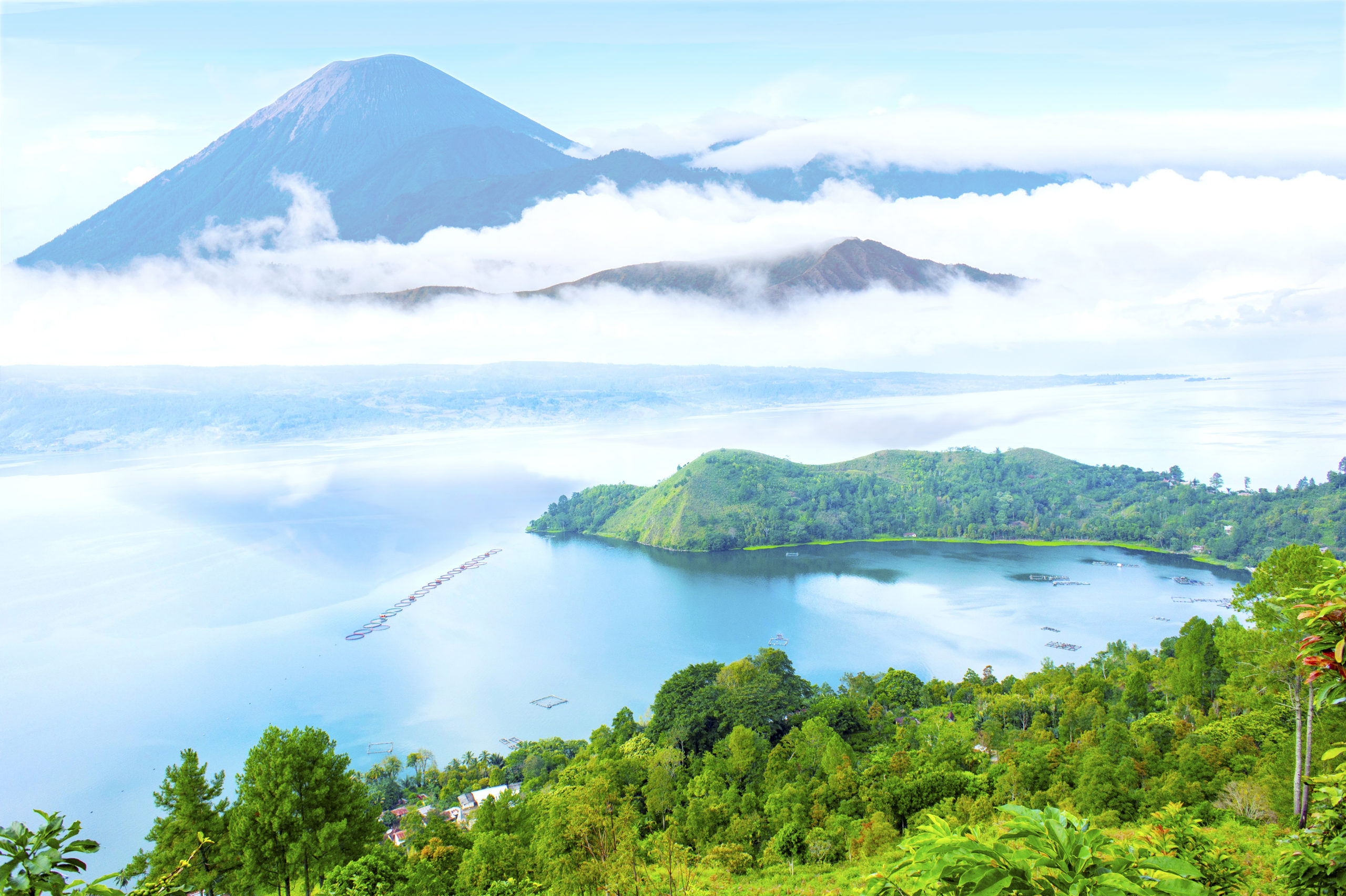
Peruvian Coffee: In a World of Its Own for Week
There are two qualities that make Peruvian coffee stand out: the remote, high-altitude location where it grows and the collective work of the farmers who have turned the country into the world s foremost producer of organic coffee. Still, many people don’t think of Peru when they’re in the market for coffee. With a neighbor like Brazil, the world’s top coffee exporter, it’s easy to understand why it sometimes gets overshadowed. For those seeking outstanding coffee that is safe for growers and the environment, though, it will soon become a favorite.
The processing of coffee production in Peru starts with coffee cherries being handpicked off the plants. This is very labor intensive, but it makes it easier to spot ripe ones, and this is a very important step in getting high-quality beans. Through pulping, the outer layer is removed from the bean, and the bean goes through a short self-created fermentation period. The bean is then washed and allowed to dry, either naturally or via a machine until only 10-12% of its moisture remains. The beans have to be carefully stored after this to ensure that they retain their quality.
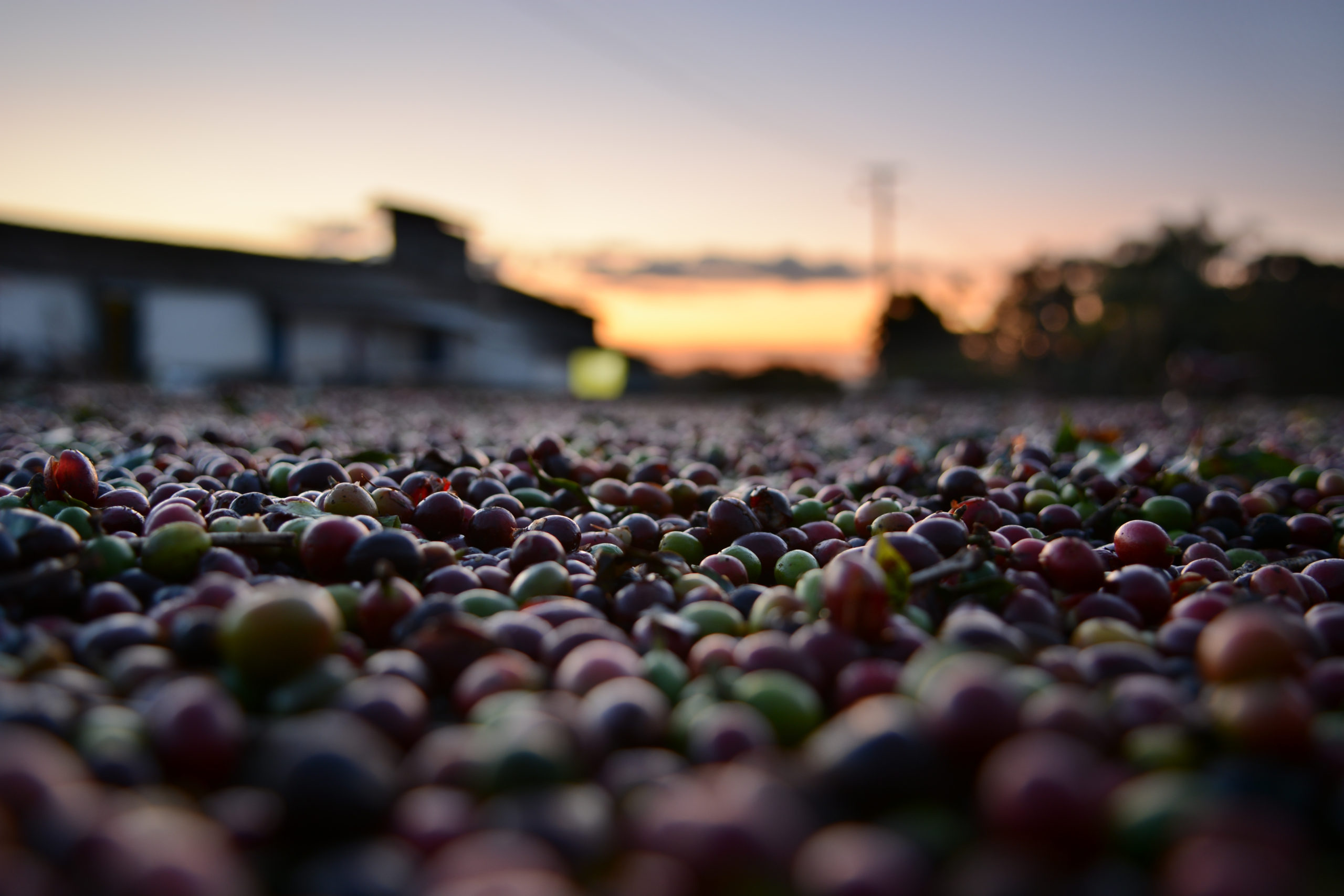
A Taste of Peru
Generally, Peruvian coffee has a light to medium body, which some drinkers compare to 2% milk because it isn’t heavy but also isn’t lacking taste. It’s also aromatic and incredibly flavorful. Because of its mildness, it’s perfect for blending but the sweet, nutty taste also means it can be savored on its own.
Coffee-Growing Regions in Peru
Peru grows its Arabica beans in the Northern, Central and Southern regions of the country, along the forested eastern slopes of the Andes Mountains. There are three main coffee-producing areas: Chanchamayo in the central highlands, which accounts for 28% of total production, Amazonas and San Martin of the northern highlands, which make up 49% of total production, and Puno, Cusco, and Ayacucho in the southern highlands, where 23% of production occurs, according to a report from the USDA Foreign Agricultural Service. Three-fourths of the coffee grown in the country takes place between 3,280 and 5,905 feet above sea level. Coffee is Peru’s top agricultural export.
The majority of the coffee growers in Peru are small farmers, and the average farm is only about 3 hectares (almost 7 and ½ acres). Many of these farmers participate in fair-trade cooperatives, and through these groups they have been able to create a sustainable agricultural market, negotiate competitive prices, improve the quality of their products, and get more access to the international market. By one estimate, 15-25% of the more than 100,000 small farmers have joined a cooperative. Some associations can have around 2,000 members and more than 7000 hectares (more than 17,000 acres) under its branch. In fact, Peruvian small-farmer cooperatives became the second largest supplier of certified fair-trade coffee after Mexico. Of Peru’s 21 largest coffee exporters, 4 of them are fair-trade associations. How’s that for teamwork?
A Peruvian Coffee Profile You Are Sure to Enjoy
Camano Island Coffee Roasters sells Peruvian coffee in dark and light roasts. Our dark roast is for the coffee drinker who likes just a hint of sweetness but wants a robust smoky or charred flavor in their Java. The light roast will have a bit of the original, natural flavor of the bean, which is a toasted, grainy taste. Because our beans are 100% shade-grown Arabica beans, they’re low in acidity and never cause heartburn or acid reflux.
A Coffee Company Developed With You in Mind
At Camano Island Coffee Roasters, we know that getting the coffee you want just the way you prefer it is important to you, so we provide a variety of shade-grown, organic flavors from Peru and beyond. Do not forget to try our commitment-free Coffee Lover’s Club, and stock up on your favorite flavors at the shipping frequency that is right for you, or give the subscription as a gift to the coffee aficionado in your life.
